When we think about solutions for feral cats, most people imagine trap-neuter-return (TNR) programs or shelter adoptions. But for cats who can’t adapt to indoor life, barn cats offer a compassionate third option that benefits both felines and communities. This humane feral cat relocation approach transforms street cats into valuable community members while providing them with safety, purpose, and care.
Not every feral cat is destined for a cozy living room, and that’s perfectly okay. Some cats thrive in outdoor environments where they can maintain their independence while contributing to sustainable pest management. The working cat model creates win-win situations that respect cats’ natural behaviors while meeting human needs for effective, chemical-free rodent control.
What Are Barn Cats and How Do They Help?
Barn cats are typically semi-feral or feral cats who have been relocated to farms, stables, warehouses, or other properties where they serve as natural pest controllers. Unlike house cats, these working cats maintain their outdoor lifestyle while receiving food, shelter, and veterinary care from their caretakers.
The relationship between humans and working cats dates back thousands of years. Ancient Egyptians first domesticated cats specifically for their hunting abilities, and this partnership continues to benefit communities today. Modern barn cat programs formalize this relationship, ensuring cats receive proper care while providing valuable services.
Benefits for Communities
Sustainable Pest Management
- One barn cat can catch and kill hundreds of rodents per year
- Chemical-free solution that won’t harm children, pets, or wildlife
- Cost-effective alternative to expensive extermination services
- Environmentally friendly approach to pest control
Reduced Feral Cat Populations
- Provides homes for cats who cannot be domesticated
- Decreases overcrowding in animal shelters
- Offers alternative to euthanasia for healthy, unsocialized cats
- Supports TNR efforts by relocating cats from problematic areas
Benefits for Cats
While barn cats maintain their independent nature, they gain significant advantages from these placements:
- Safety and Security: Protected environment away from traffic and urban dangers
- Regular Food Source: Consistent meals supplement their hunting
- Veterinary Care: Spay/neuter services, vaccinations, and health monitoring
- Shelter Options: Access to barns, sheds, or other protective structures
- Social Structure: Opportunity to live with other cats in a colony setting
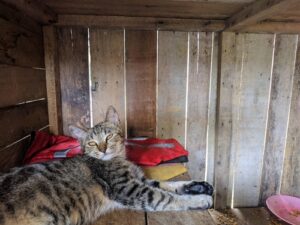
The Barn Cat Relocation Process
Successful feral cat relocation requires careful planning and commitment from both rescue organizations and receiving properties. The process typically spans several weeks and involves multiple steps to ensure cats adapt successfully to their new environment.
Pre-Placement Assessment
Before any cat moves to a barn setting, thorough evaluations determine suitability for both the cat and the property.
Cat Evaluation Criteria:
- Age (adult cats relocate more successfully than kittens)
- Health status and vaccination records
- Temperament and socialization level
- Previous outdoor living experience
- Compatibility with other cats
Property Assessment Requirements:
- Adequate shelter structures (barns, sheds, or outbuildings)
- Safety from predators and vehicular traffic
- Commitment to provide food, water, and basic veterinary care
- Understanding of the transition period and long-term responsibilities
- Agreement to keep cats contained for at least 4-6 weeks
The Transition Period
The most critical phase of barn cat placement involves a carefully managed transition period where cats adjust to their new territory. This period usually lasts 4-6 weeks and requires commitment from the caretaker. During this time, cats should be kept in a secure enclosure (such as a barn or shed) with access to food, water, and litter boxes. This helps them acclimate to their new surroundings and ensures they do not roam too far from their designated safe space.
Long-Term Responsibilities
Caring for barn cats is an ongoing commitment that requires attention and dedication. They will require daily food and water, as well as regular veterinary care. It’s important to keep up with vaccinations, flea treatments, and spaying/neutering to maintain their health. Barn cats also need shelter during extreme weather conditions such
Week 1-3: Confinement Phase
- Cats stay in a secure area within the barn or shelter
- Daily feeding establishes routine and trust with caretakers
- Provides time for cats to acclimate to new sights, sounds, and smells
- Allows property owners to observe cat behavior and health
Week 4-5: Supervised Freedom
- Gradually increase their access to larger areas on the farm by setting up secure, enclosed spaces within the farm boundaries. Use portable fencing or temporary enclosures to create safe zones, allowing them to explore without the risk of escape. This way, you can release them from the crate while still maintaining control over their movement.
Note: Allowing cats to roam a larger territory will depend on their temperament. Truly feral cats are often difficult to contain and retrap daily, making it extremely challenging to let them out during the day and trap them again at night. In such cases, they will need to be confined for the full 6-week period in an XL dog crate or a similar enclosure large enough to comfortably fit a shelter, litter box, food, and water.
- Continued feeding at consistent times and locations
- Monitoring to ensure cats don’t attempt to return to original territory
- Building stronger bonds between cats and their new environment
Week 6+: Full Integration
- Cats receive freedom to explore the entire property
- Establish hunting territories and daily routines
- Develop relationships with other barn cats if present
- Settle into long-term living arrangements
Long-Term Care Considerations
Successful barn cat programs require ongoing commitment to feline welfare. These working cats depend on their caretakers for support that supplements their natural survival skills.
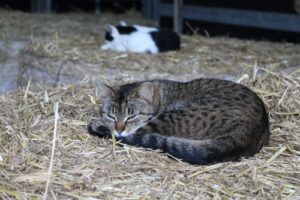
Daily Care Requirements
Feeding and Water
- Provide high-quality dry food twice daily
- Maintain fresh water sources in multiple locations
- Feed at consistent times to establish routine
- Supplement hunting with reliable nutrition during harsh weather or scarce prey seasons
Note: It’s a myth that cats need to be hungry to be good hunters or see mice as food. Barn cats, like house cats, require daily meals to stay healthy. Since they are natural-born hunters, they will hunt mice regardless of hunger.
Shelter Maintenance
- Ensure access to dry, warm sleeping areas
- Provide windbreaks and insulated spaces for cold weather
- Create elevated resting spots away from ground moisture
- Maintain clean, safe shelter environments
Health Monitoring
Regular health assessments help maintain barn cat wellness and prevent disease transmission.
Essential Veterinary Care:
- Annual vaccinations (rabies, FVRCP)
- Parasite prevention and treatment
- Spay/neuter surgery before placement
- Health checks during transition period
Warning Signs to Monitor:
- Changes in appetite or eating patterns
- Visible injuries or limping
- Respiratory symptoms or lethargy
- Behavioral changes that indicate illness or stress
Managing Multi-Cat Dynamics
Many barn cat programs place multiple cats together to provide social interaction and more effective pest control. Understanding feline social structures helps ensure harmonious group dynamics.
Colony Management Tips:
- Introduce new cats gradually using confinement periods
- Provide multiple feeding stations to reduce competition
- Offer various shelter options for different social preferences
- Monitor for bullying or aggressive behaviors between cats
Seasonal Considerations for Barn Cats
Working cats face different challenges throughout the year, requiring adaptive care strategies from their human partners.
Winter Care
- Provide insulated shelters with straw (never blankets that freeze)
- Increase food portions to help maintain body heat
- Ensure water sources don’t freeze
- Monitor for frostbite on ears and paw pads
Summer Management
- Offer shaded areas and good ventilation
- Provide multiple water sources
- Watch for overheating signs during extreme temperatures
- Maintain flea and tick prevention programs
Spring and Fall Transitions
- Adjust feeding schedules as prey availability changes
- Prepare shelters for weather transitions
- Schedule annual veterinary check-ups
- Monitor for seasonal parasites
Common Misconceptions About Barn Cats
Several myths surround barn cat programs that can prevent people from considering this valuable option for feral cat management.
Myth: Barn cats don’t need veterinary care because they’re “just outdoor cats.”
Reality: Proper veterinary care ensures cats stay healthy enough to perform their pest control duties while preventing disease transmission to other animals and humans.
Myth: Any outdoor cat can become a successful barn cat.**
Reality: Successful barn cat placement requires careful matching between cat temperament, property requirements, and caretaker commitment.
Myth: Barn cats will automatically solve all rodent problems immediately.
Reality: While effective, barn cats work best as part of a comprehensive integrated pest management system that includes removing food sources and blocking entry points. It’s important to use safe methods that don’t pose a threat to cats, such as avoiding poisons or traps that could harm them if triggered.
Supporting Barn Cat Programs
Communities can support humane feral cat relocation through various initiatives that strengthen working cat programs and help more cats find suitable placements. For in-depth information on these programs, visit Alley Cat Allies: Working Cats and Best Friends Animal Society: Barn Cat Programs.
How Individuals Can Help
- Volunteer with local TNR organizations that offer barn cat placement (find a program near you)
- Spread awareness about barn cat programs as alternatives to euthanasia (learn more from Alley Cat Allies)
- Connect farmers or property owners with local rescue organizations
- Support legislation that protects working cat programs
Property Owner Participation
- Consider barn cat placement if you have appropriate facilities and commitment (see Best Friends’ property readiness tips)
- Partner with reputable rescue organizations for proper placement procedures
- Share experiences with other property owners to expand program awareness
- Maintain long-term care commitments for relocated cats
The success of barn cat programs depends on collaboration between rescue organizations, property owners, and community members who understand the value these working cats provide. When implemented properly, these programs save lives while offering practical solutions to common community challenges.
Ready to learn more about humane feral cat relocation? Download our comprehensive “Barn Cat Relocation & Care Guide (PDF)“ for detailed information about assessment criteria, transition procedures, and long-term care requirements. This evergreen resource provides everything you need to support successful barn cat placements in your community.
Visit our Cat Care Kits & Downloads section for additional resources; explore our mission-driven collections at Gilu where every purchase donates up to 15% to support TNVR efforts and programs like barn cat relocation through GiluFunds.
Have experience with barn cats or questions about working cat programs? Share your story and help build stronger communities for both cats and humans.


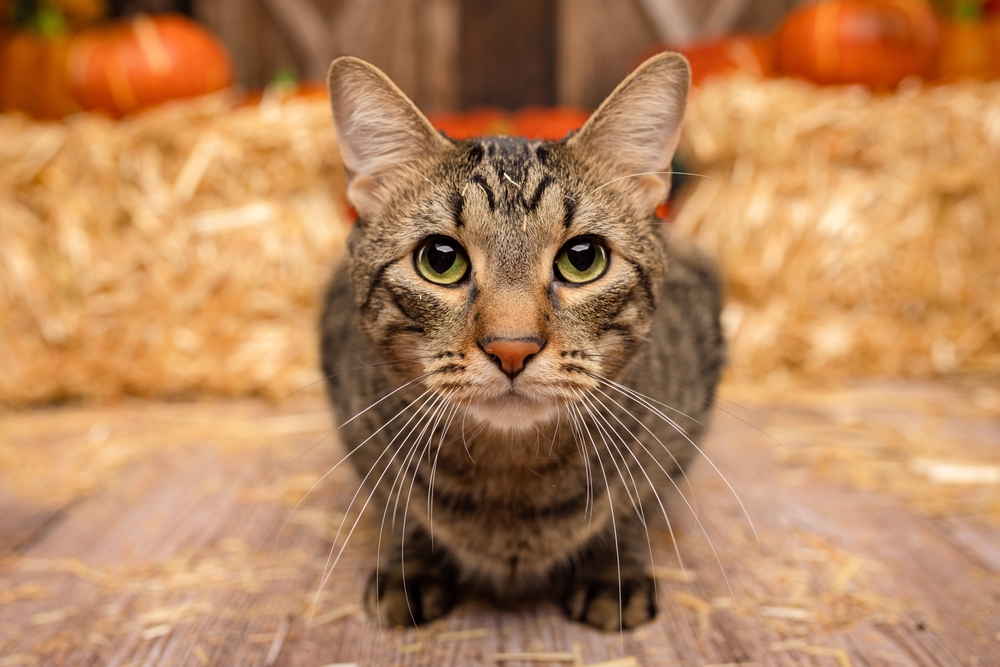
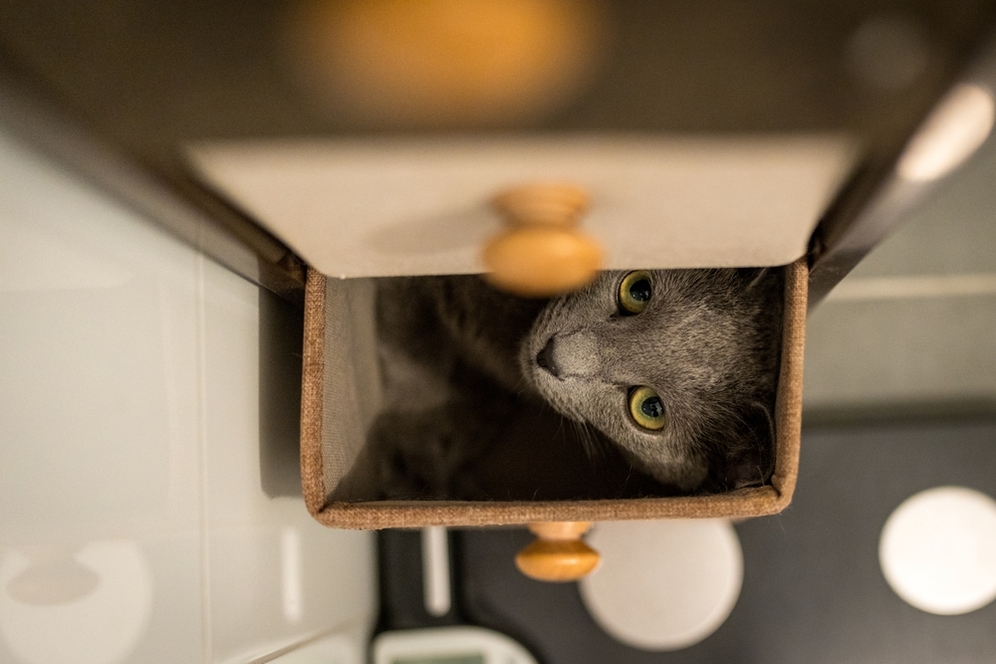
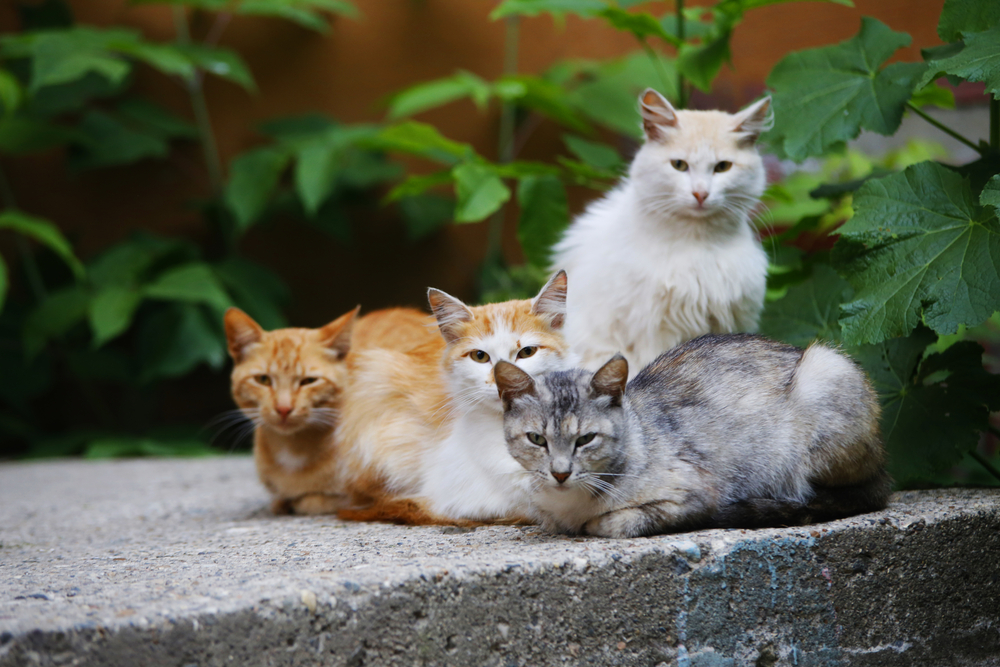
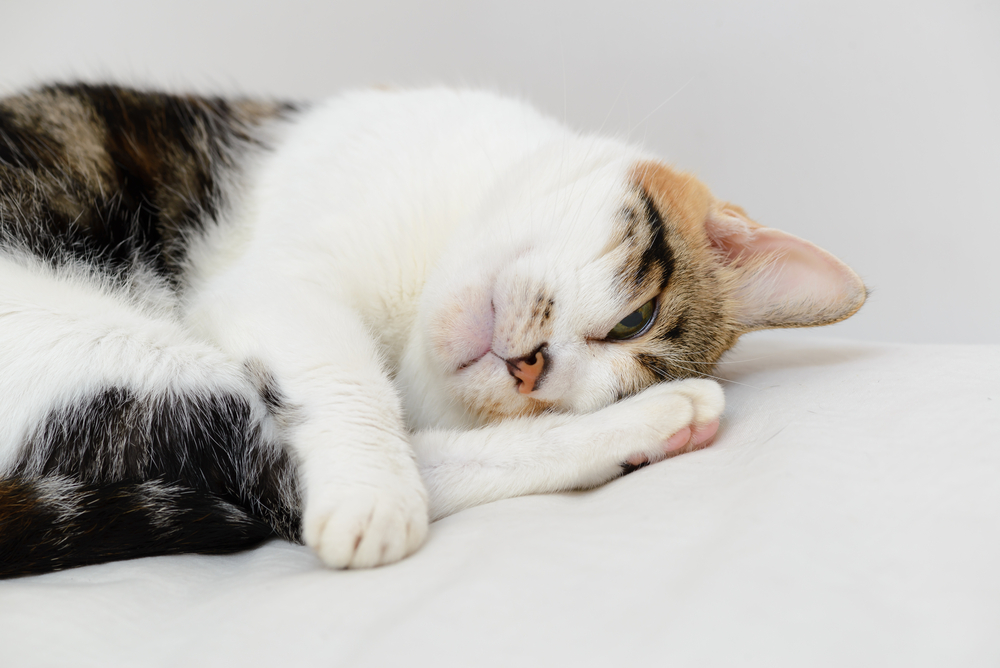
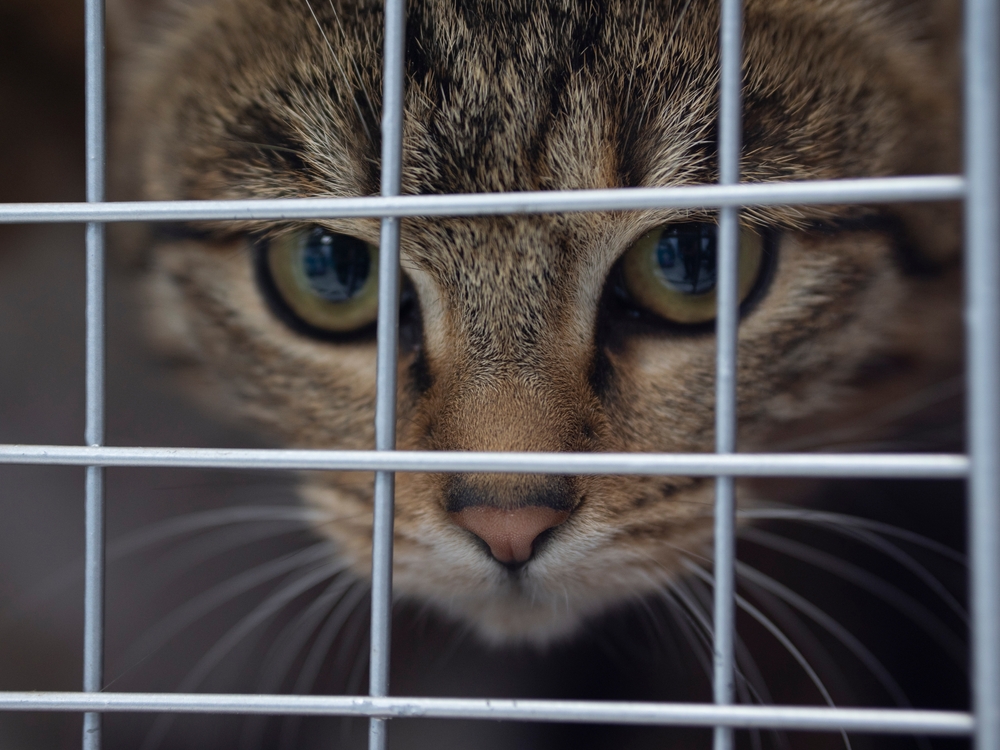
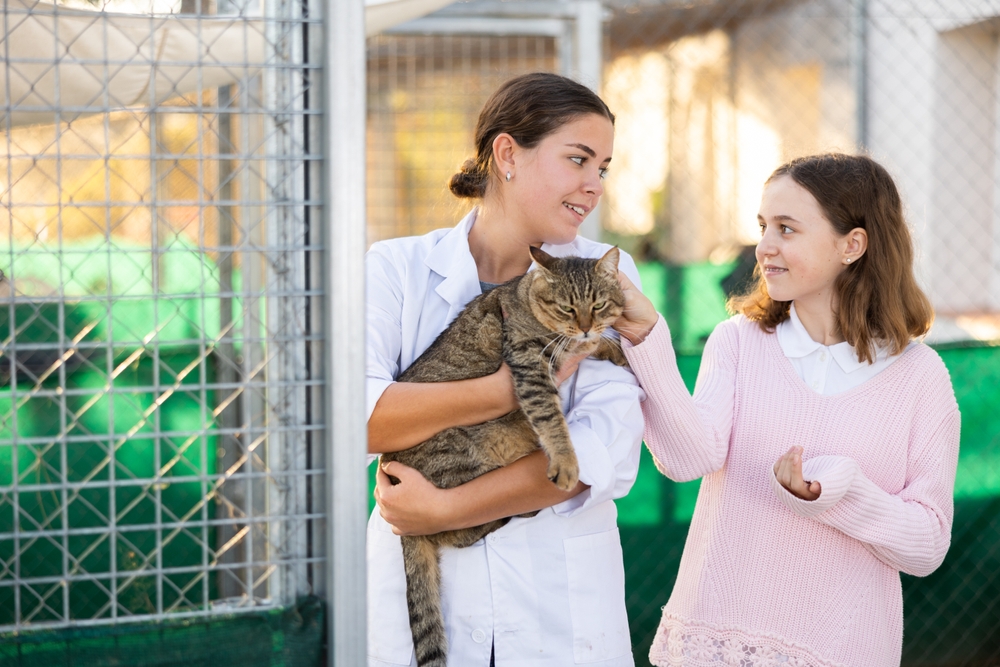
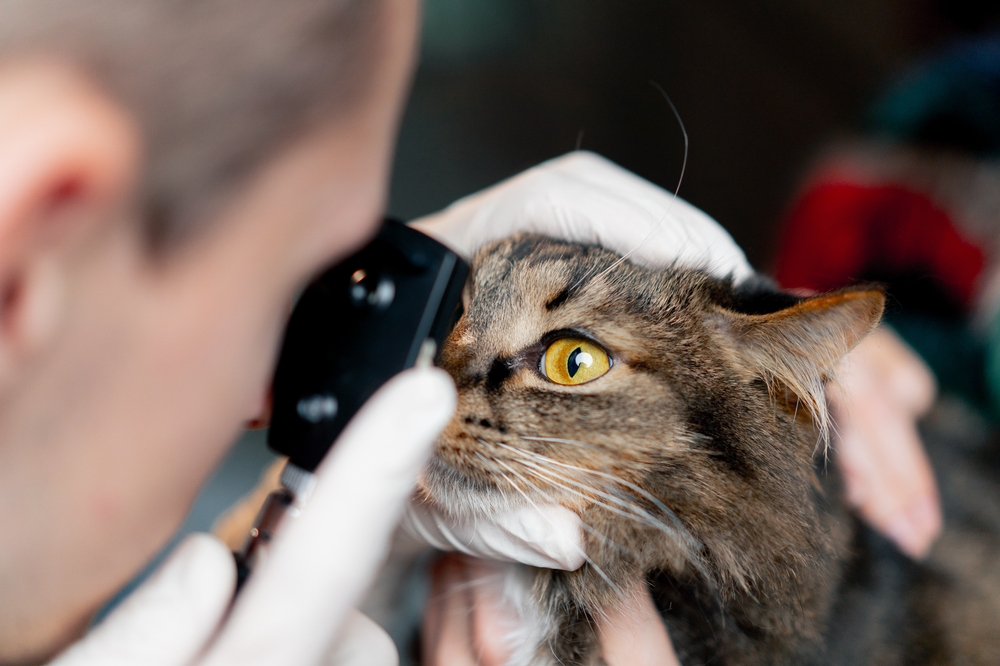
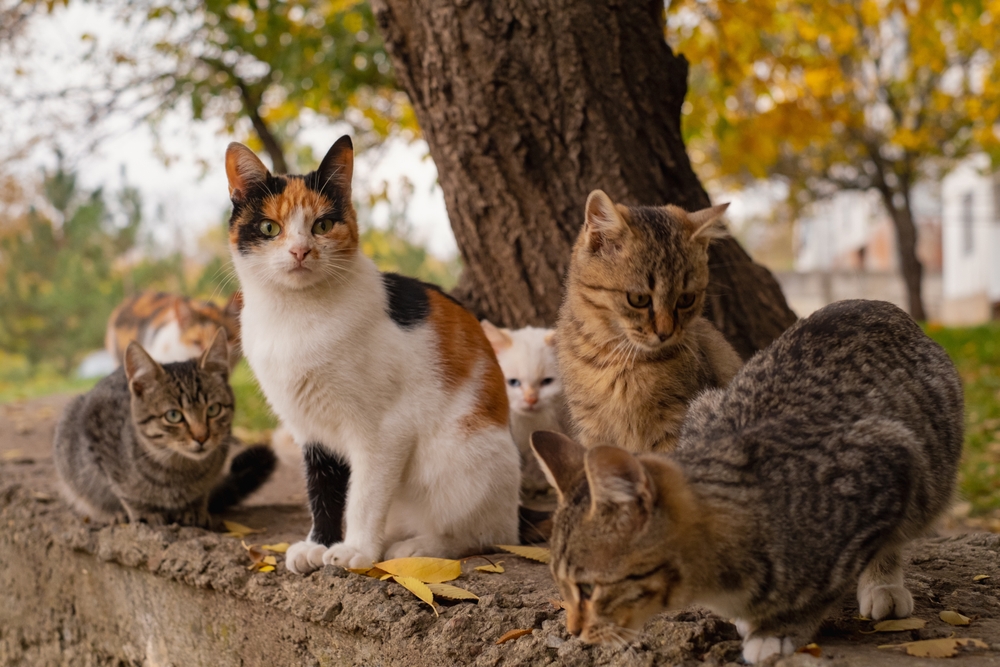

0 Comments